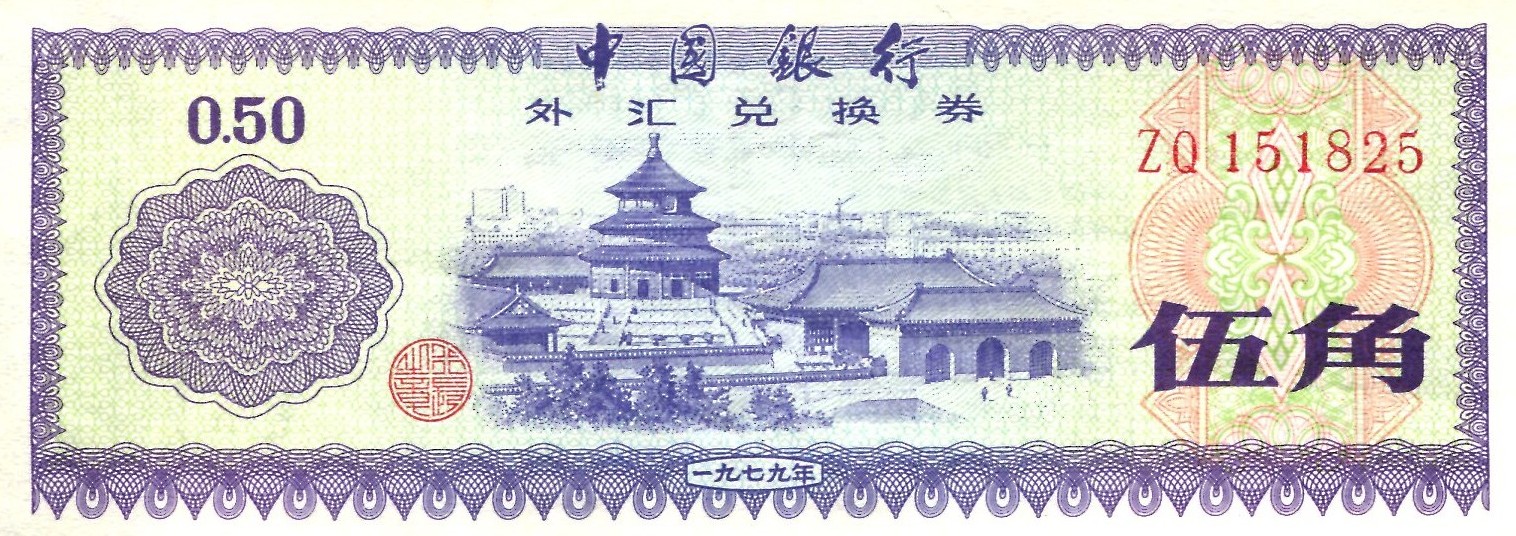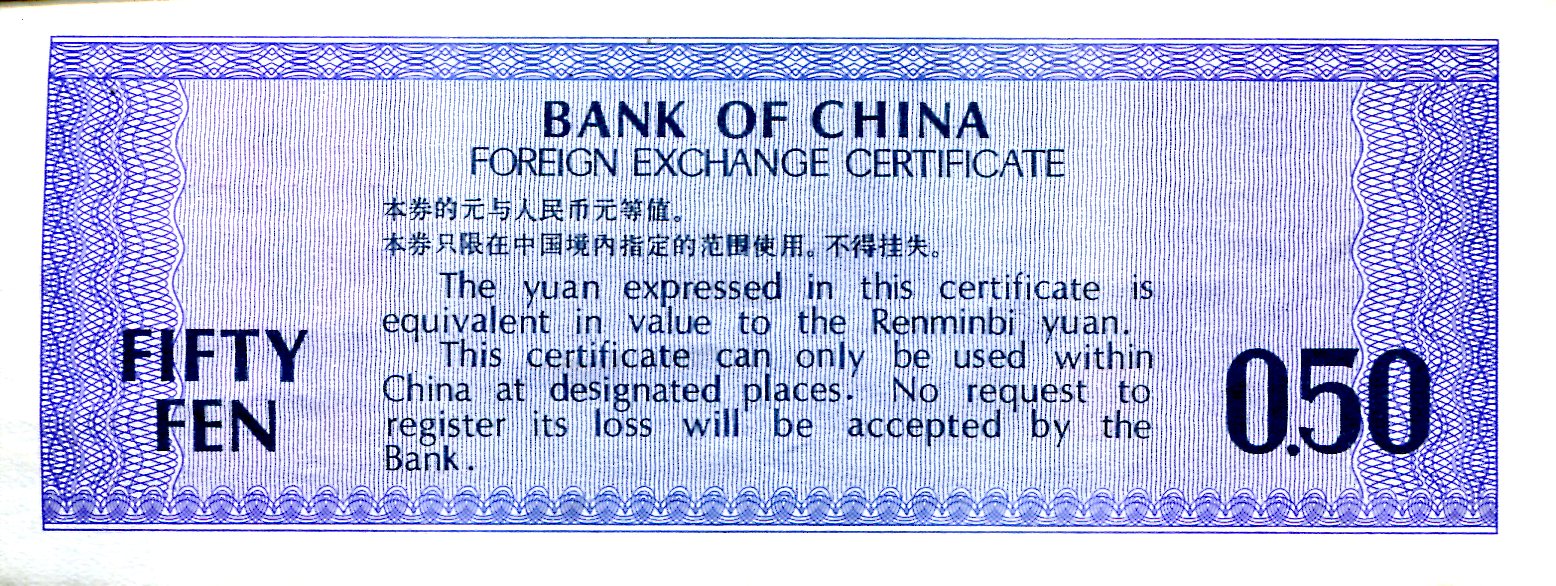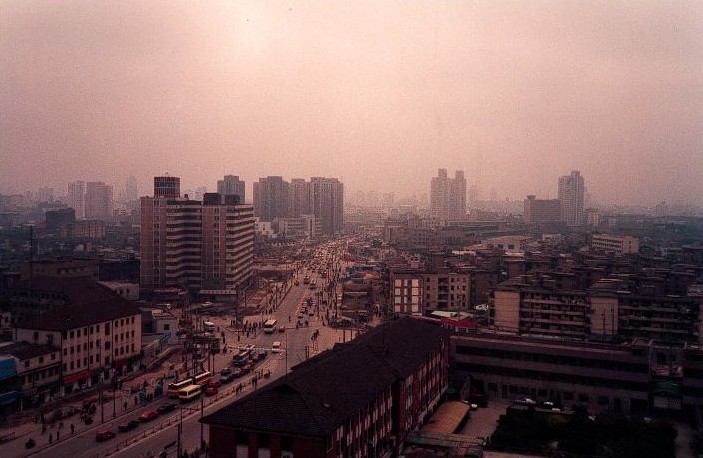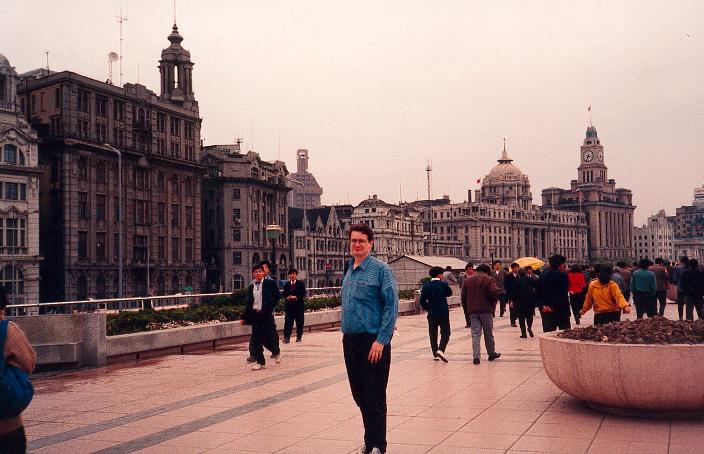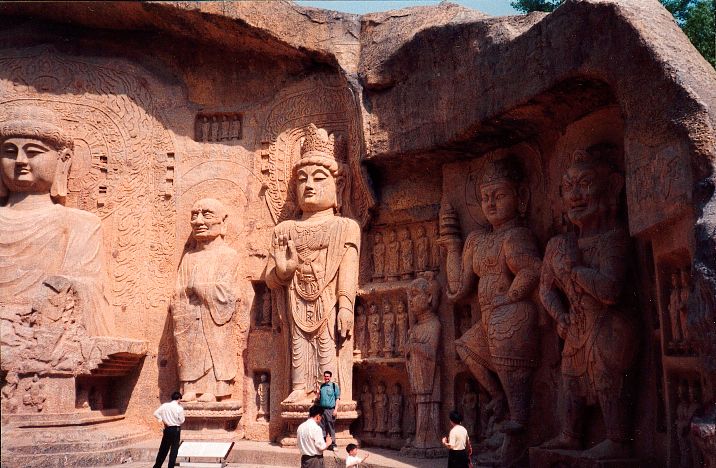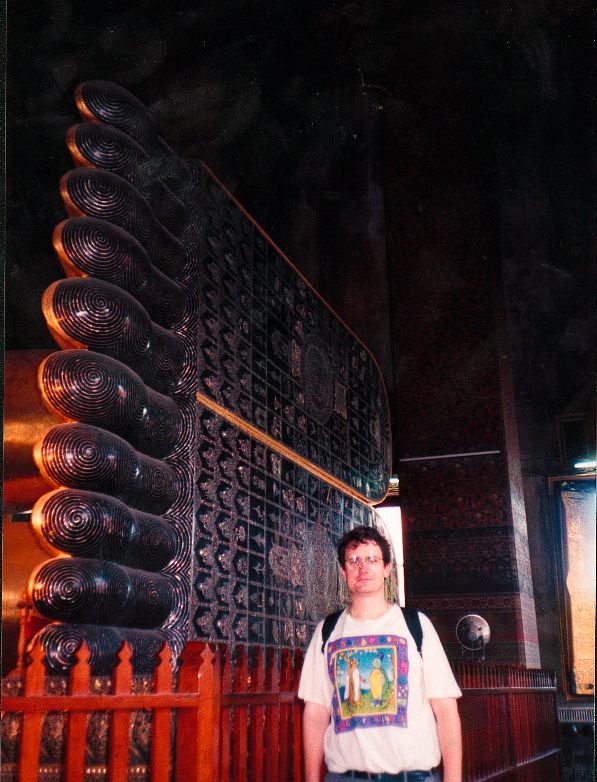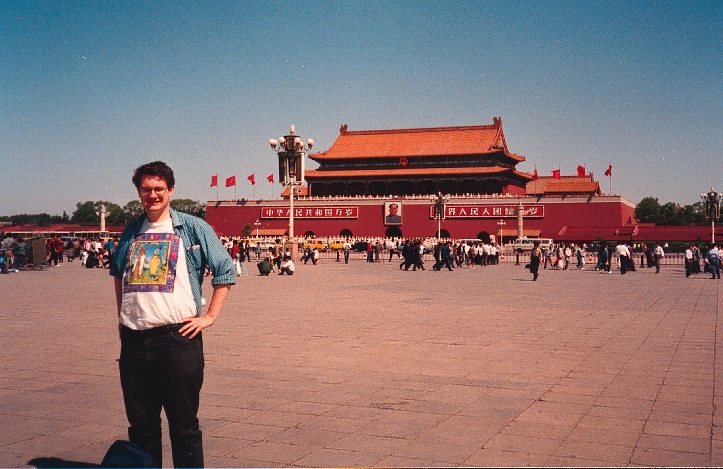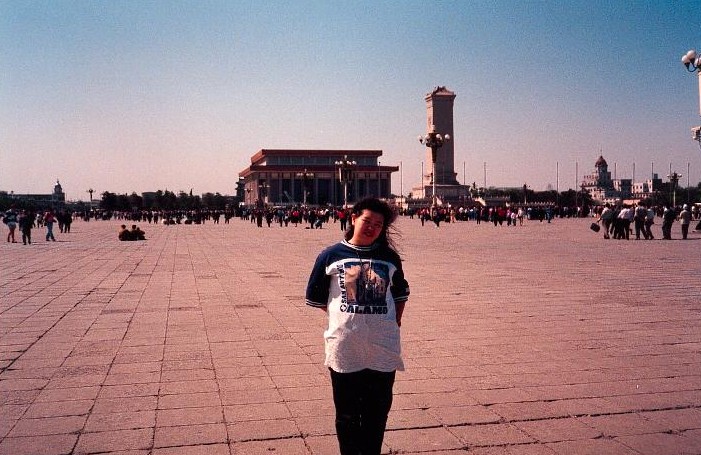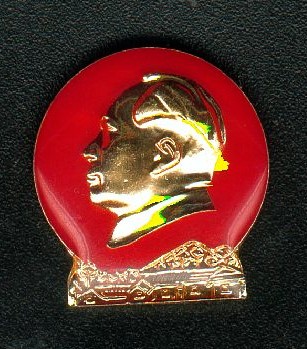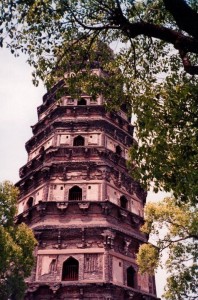At the Lan Su Chinese Garden in Portland, I wondered: How true to the original connotations are the inevitably flowery translations of some Chinese phrases into English? Put into English, various parts of the garden come out as “Tower of Cosmic Reflections,” ‘Flowers Bathing in Spring Rain,” and “Knowing the Fish Pavilion.”
I’ll never have an answer to that. Maybe that’s because the “original connotations” would cover a wide range of meaning, even among native speakers of whatever Chinese dialect is represented. Never mind. Lan Su’s a beautiful place.
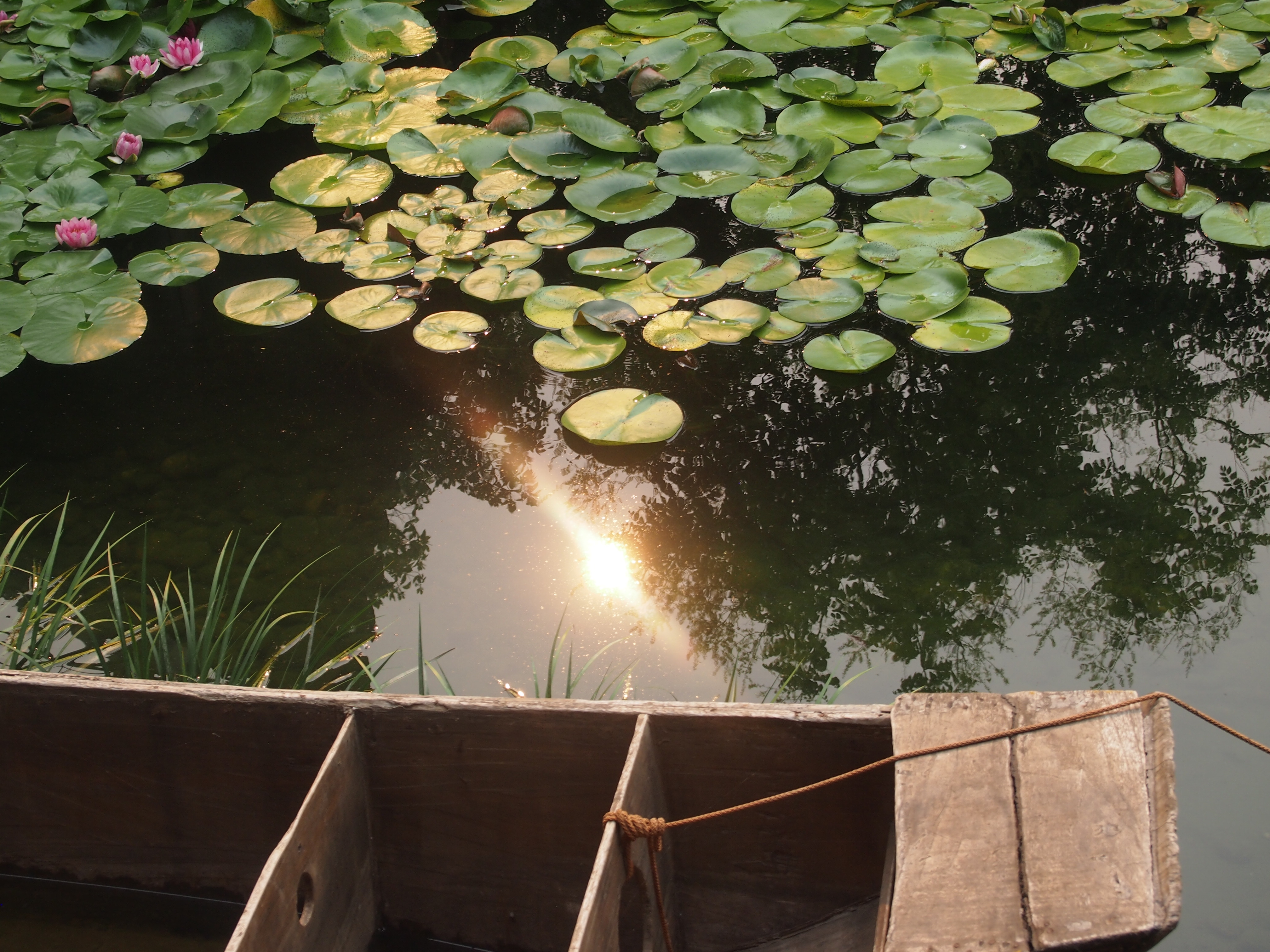 According to the garden’s web site, it’s “a result of a collaboration between the cities of Portland and Suzhou, our sister city in China’s Jiangsu province that’s famous for its beautiful Ming Dynasty gardens. Lan Su was built by Chinese artisans from our [sic] Suzhou and is the most authentic Chinese garden outside of China.”
According to the garden’s web site, it’s “a result of a collaboration between the cities of Portland and Suzhou, our sister city in China’s Jiangsu province that’s famous for its beautiful Ming Dynasty gardens. Lan Su was built by Chinese artisans from our [sic] Suzhou and is the most authentic Chinese garden outside of China.”
Quite a claim. But I was intrigued that the garden was patterned after ones in Suzhou. I’ve seen some of those gardens. Now I’ve seen this one.
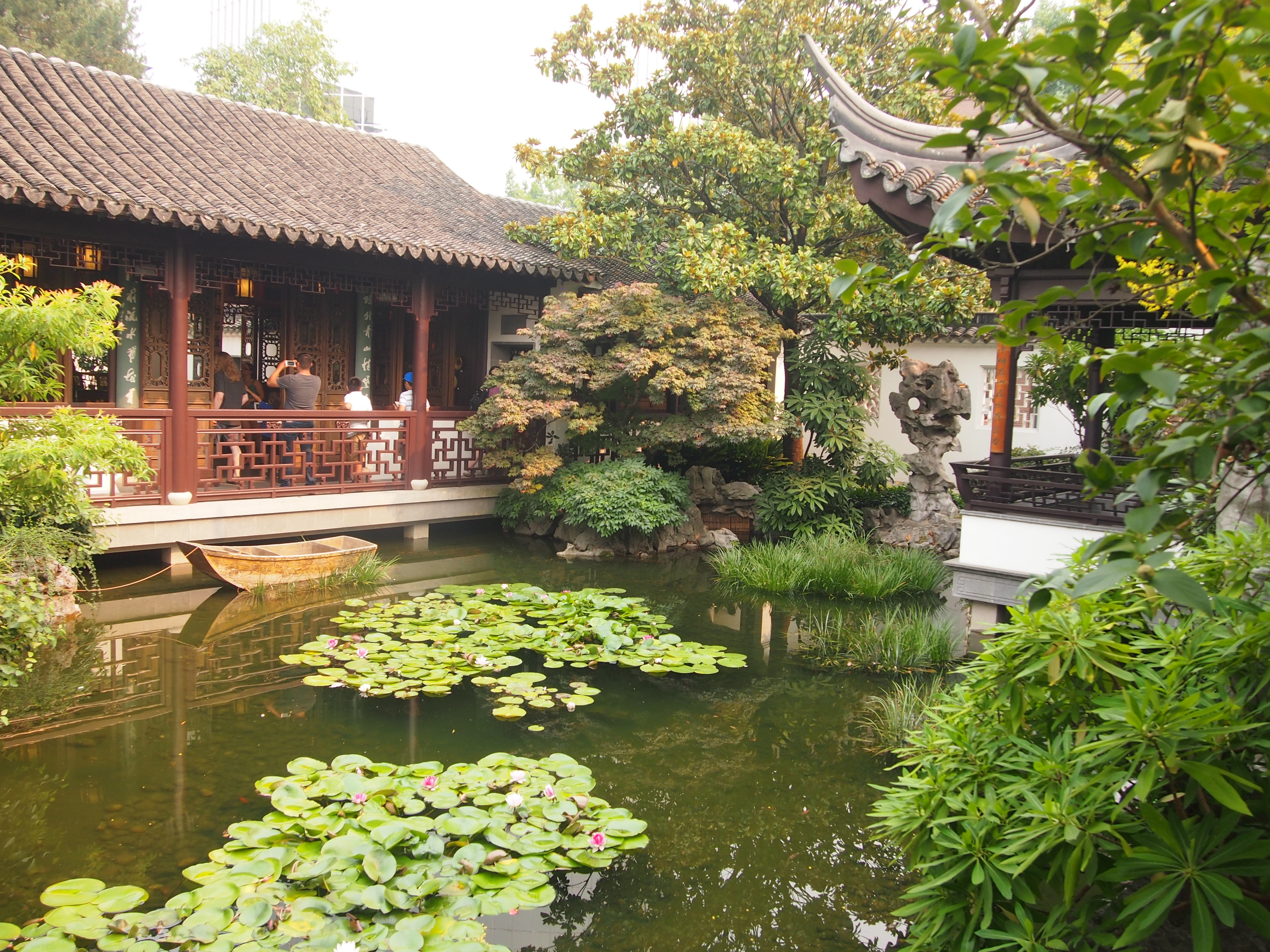
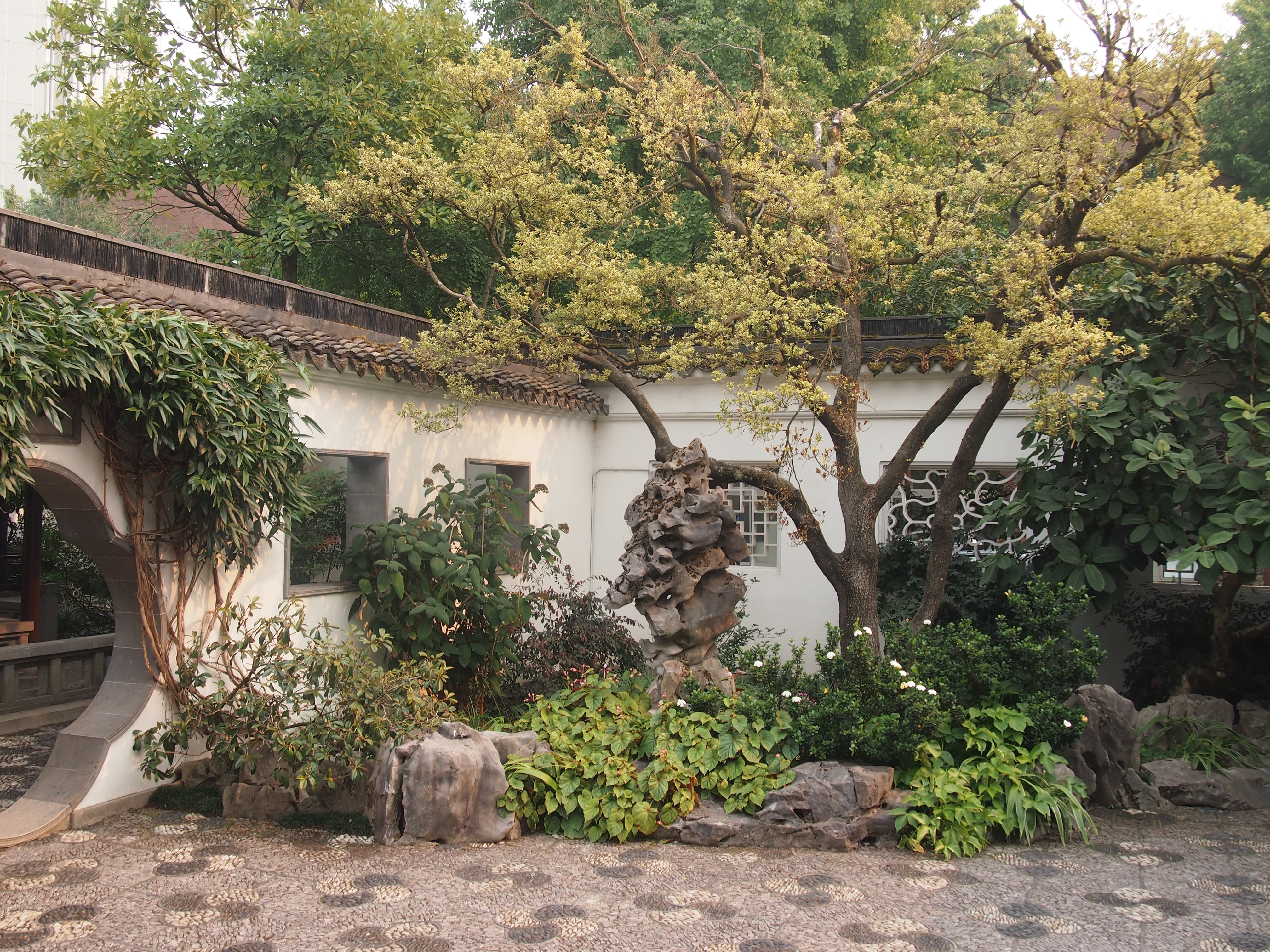 The web site again: “The garden’s name represents this relationship: sounds from both Portland and Suzhou are combined to form Lan Su. Lan (蘭) is also the Chinese word for Orchid and Su (蘇) is the word for Arise or Awaken, so the garden’s name can also be interpreted poetically as ‘Garden of Awakening Orchids.’ (蘭蘇園).” More of that flowery translation again. In this case, literally flowery.
The web site again: “The garden’s name represents this relationship: sounds from both Portland and Suzhou are combined to form Lan Su. Lan (蘭) is also the Chinese word for Orchid and Su (蘇) is the word for Arise or Awaken, so the garden’s name can also be interpreted poetically as ‘Garden of Awakening Orchids.’ (蘭蘇園).” More of that flowery translation again. In this case, literally flowery.
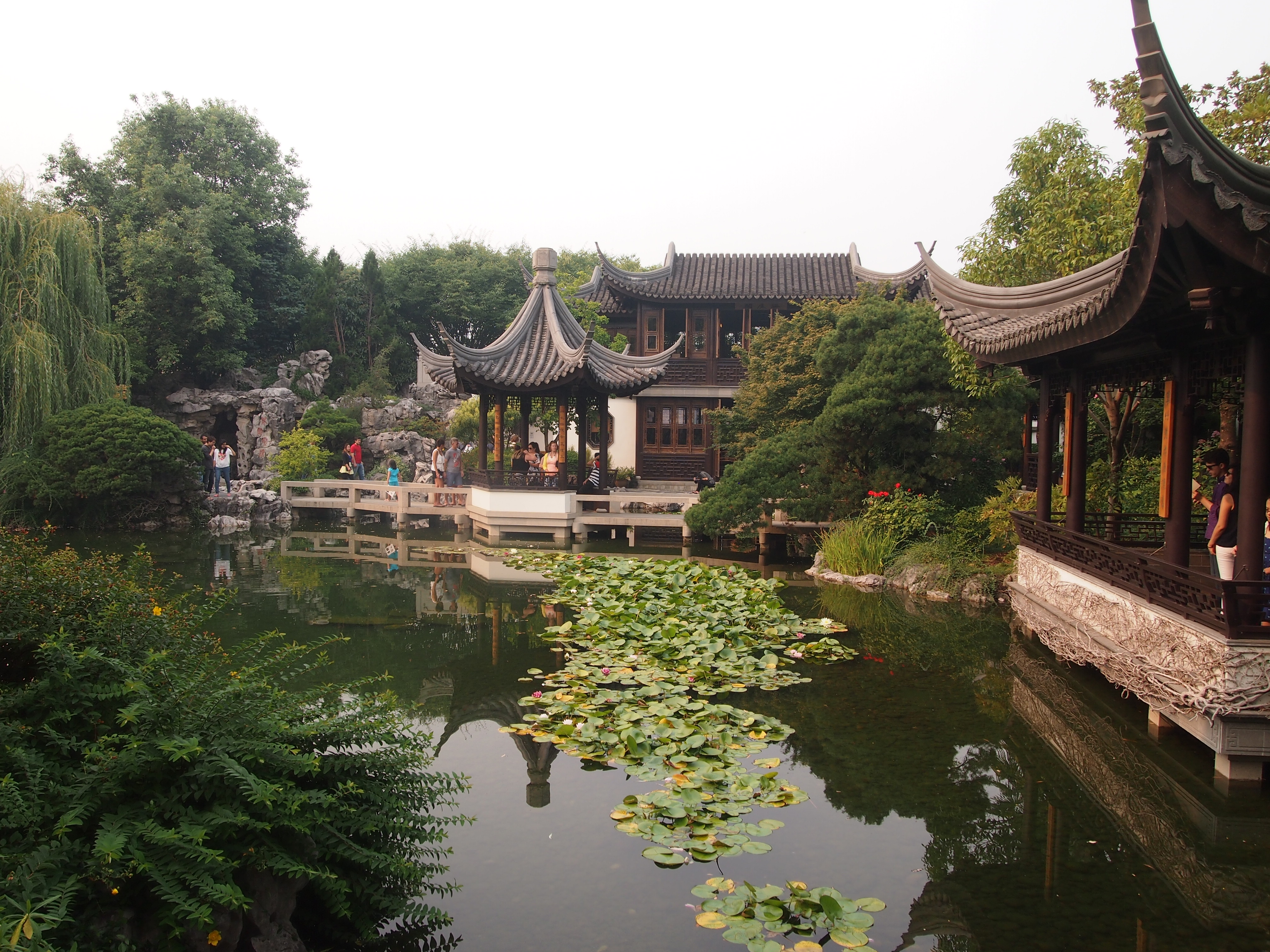
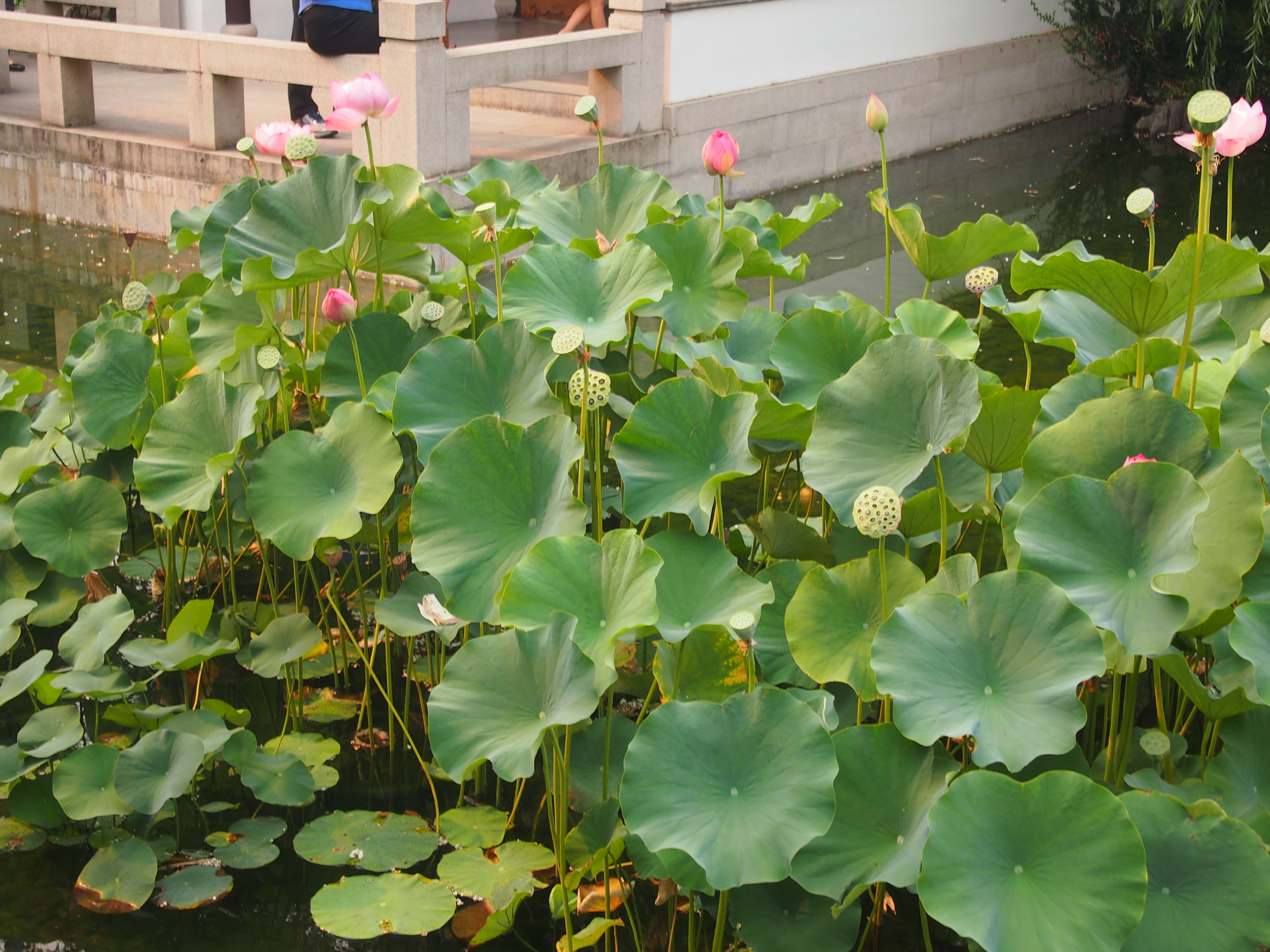 Something about the place brings out the flowery, even in English. From Travel Portland: “Since the garden’s opening in 2000, its covered walkways, bridges, open colonnades, pavilions and richly planted landscape framing the man-made Zither Lake have created an urban oasis of tranquil beauty and harmony. It’s an inspiring, serene setting for meditation, quiet thought and tea served at The Tao of Tea in the Tower of Cosmic Reflections, as well as public tours of the grounds led by expert horticulturalists.”
Something about the place brings out the flowery, even in English. From Travel Portland: “Since the garden’s opening in 2000, its covered walkways, bridges, open colonnades, pavilions and richly planted landscape framing the man-made Zither Lake have created an urban oasis of tranquil beauty and harmony. It’s an inspiring, serene setting for meditation, quiet thought and tea served at The Tao of Tea in the Tower of Cosmic Reflections, as well as public tours of the grounds led by expert horticulturalists.”
Zither Lake? After the class of stringed instruments? Anyway, this is it, complete with the reflections of surrounding buildings. Lan Su takes up a city block, but it is still only one block among other city blocks.
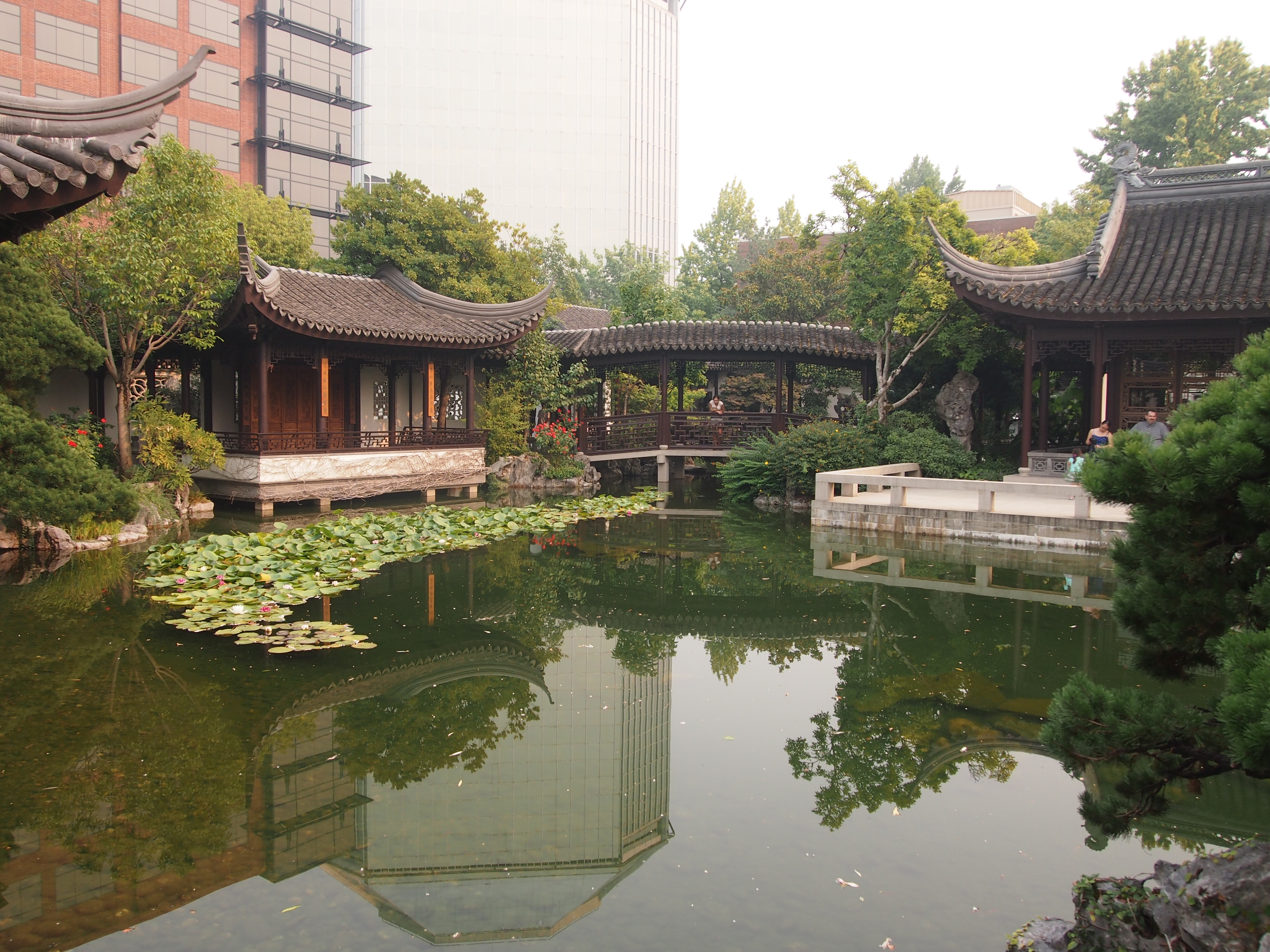 What I remember best from Suzhou were the rocks, and Lan Su has those too.
What I remember best from Suzhou were the rocks, and Lan Su has those too.
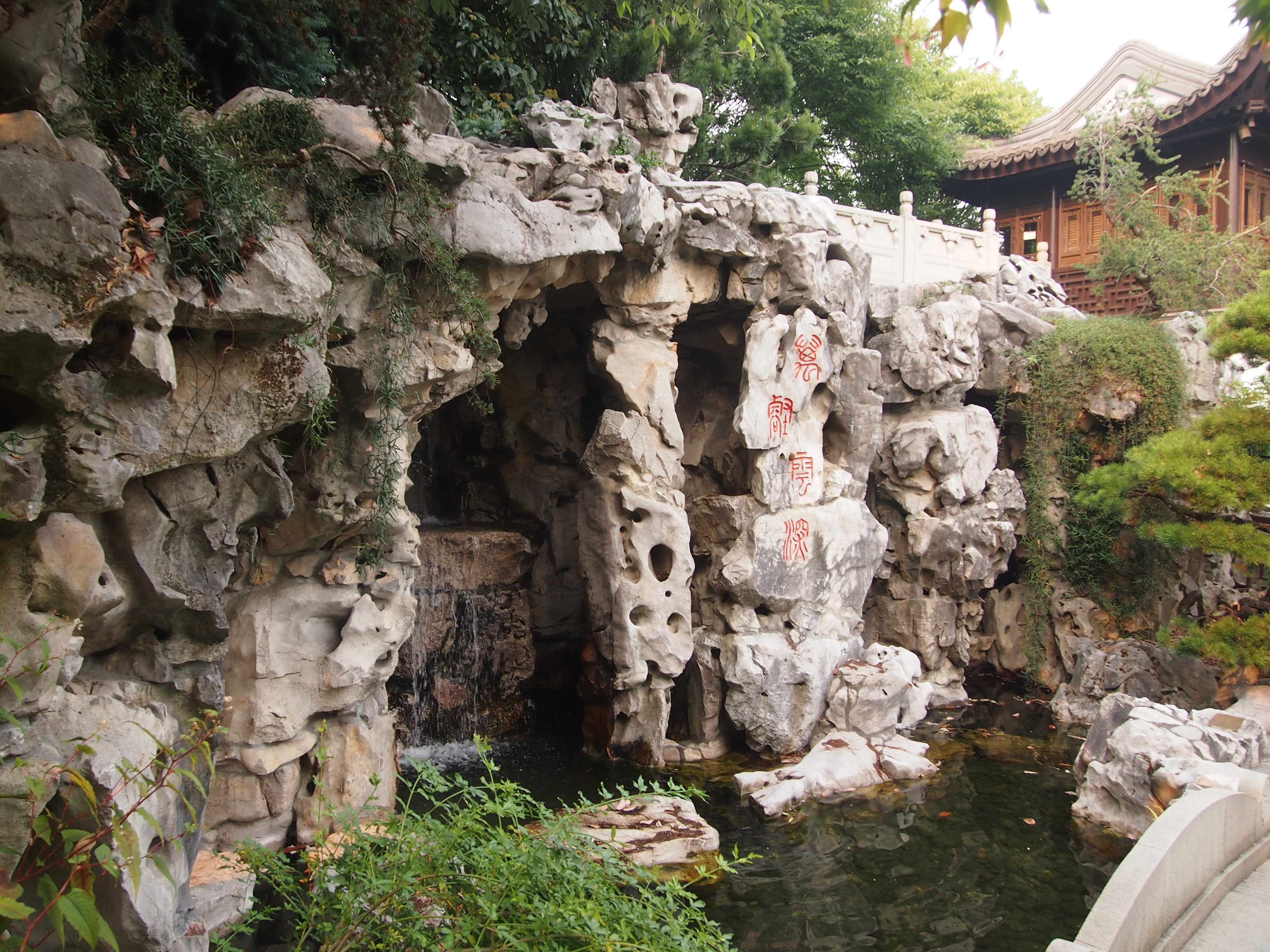
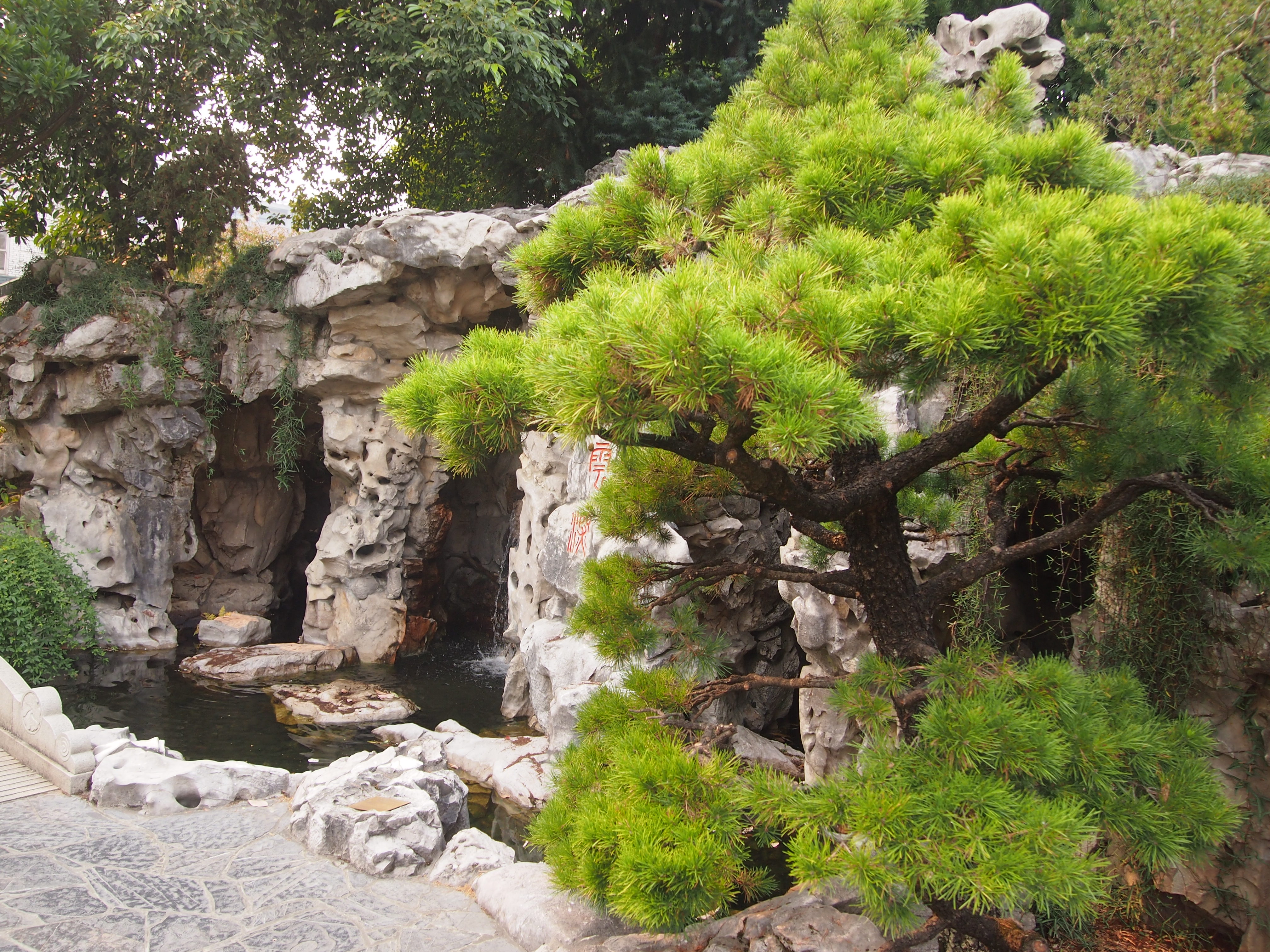 The place also inspires romance. I saw a group of people planning a wedding at the garden, a couple necking among the greenery, and more than one person exercising a bit of self-love by taking selfies.
The place also inspires romance. I saw a group of people planning a wedding at the garden, a couple necking among the greenery, and more than one person exercising a bit of self-love by taking selfies.
